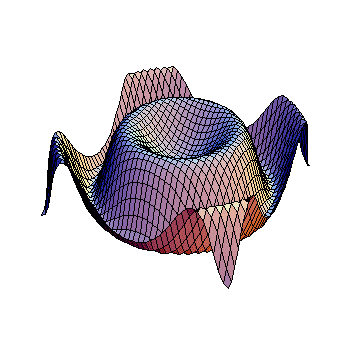How do you find the domain and range of #f(x)=3x+2#?
1 Answer
Both domain and range are every real number
Explanation:
The domain is every value of
When doing this we usually make sure to keep to the real numbers, and just check for values that will make the function "break", e.g.: will make us divide by zero, have a negative number under a root, have a zero or negative number in a logarithm, etc.
Lines like this, can take every value of
The range is every value of
Once more, lines can output every number between negative infinity and infinity, so the range is the same as the domain in this case

